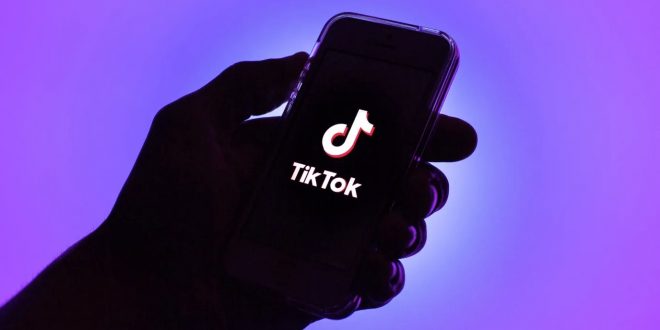To inform users when videos they are viewing on the app are published by entities whose “editorial output or decision-making process” is subject to influence by a government, TikTok today announced it is expanding its “state-controlled media” label to over 40 more global markets. State-controlled media in Russia, Ukraine, and Belarus were initially targeted in the pilot, which started last year after Russia invaded Ukraine. The user can learn more about the label’s meaning and the purpose for its application by tapping the label.
Since its debut, the label has been added to videos posted by accounts run by Russian media outlets including RT, Ruptly, Sputnik, RIA Novosti, TASS, and dozens of others.
With this implementation of the state-controlled media label, the Beijing-based video entertainment app is not being progressive. It’s actually been delayed. Similar systems for classifying state-run media have long been provided by TikTok’s competitors. For instance, YouTube announced in 2018 that it would start labeling broadcasters that receive government funding, and it prohibited Russian state-run channels from using Facebook ads to monetize their channels in 2017. Since 2020, Meta has categorized state-controlled media across its platform. Additionally, Twitter’s policy had been to identify state-owned media since 2020 before Elon Musk took control of the company. It’s unclear if the policy will change because Musk has recently been making jokes about the label.
In the case of TikTok, the company claims that it assesses an operation’s editorial independence by taking into account its mission statement, editorial safeguards, leadership and editorial governance, and actual editorial decisions. If an organization believes its trust and safety team has unfairly categorized them, it also provides an appeals process.
Prior to its pilot program, the company claimed to have consulted with a wide range of experts, including over 60 media experts, political scientists, academics, and representatives from numerous international organizations and civil society groups worldwide.
However, TikTok’s handling of false information regarding Russia’s invasion of Ukraine hasn’t been entirely successful.
In response to Russia’s new “fake news” law regarding the invasion, the company announced in March that it would stop allowing new content from Russia. However, several well-known Russian state media accounts were still permitted to post.
And it is only now that the label is making an impact in prestigious markets like the United States, Canada, regions of Europe, China, and others.
The following nations will now receive the label, according to TikTok, which confirmed to TechCrunch:
United Kingdom, United States, Uzbekistan, Afghanistan, Armenia, Austria, Azerbaijan, Belgium, Bulgaria, Canada, China, Croatia, Czech Republic, Denmark, Estonia, Finland, France, Georgia, Germany, Greece, Hungary, Ireland, Italy, Japan, Kazakhstan, Kyrgyzstan, Latvia, Lithuania, Luxembourg, Malta, Mongolia, Netherlands, Poland, Portugal, Republic of Cyprus, Republic of Moldova, Romania, Slovakia, Slovenia, Spain, Sweden, Tajikistan, Turkmenistan.
The expansion occurs as the short-form video app is once again under scrutiny in the United States. Former President Donald Trump attempted to outlaw the app in 2020 due to threats to national security, but the ban was later overturned by the courts and the Biden administration.
However, due to growing security concerns that TikTok shares data with the Chinese government, several US states and the US House have now banned the app from government-issued devices. Additionally, BuzzFeed reported that TikTok employees in China were accessing user data from the United States, which prompted TikTok to move the data to Oracle servers in the United States after Forbes accused the company of spying on its journalists.
 Tech Gadget Central Latest Tech News and Reviews
Tech Gadget Central Latest Tech News and Reviews




